Examining the Current State of HBCUs: Challenges and Solutions for Success.

Historically Black Colleges and Universities (HBCUs) are institutions of higher education that were established prior to 1964 with the primary mission of serving Black students. These institutions have played a critical role in providing access to higher education for Black students who were excluded from predominantly White institutions due to segregation and discrimination.
Despite the progress that has been made since the Civil Rights Act of 1964, HBCUs continue to face significant challenges that threaten their existence. In this blog post, we will examine the current state of HBCUs and the challenges they face.
Current State of HBCUs
HBCUs have a rich history of providing high-quality education to Black students. Today, there are 107 HBCUs in the United States, including public and private institutions. These institutions serve approximately 300,000 students, and they produce a significant number of Black graduates in STEM fields, education, and other disciplines.
HBCUs are also responsible for producing a significant number of Black professionals, including doctors, lawyers, engineers, and educators. According to the United Negro College Fund (UNCF), HBCUs produce 50% of Black public school teachers, 70% of Black dentists and physicians, and 80% of Black judges.
Despite their successes, HBCUs face a number of challenges that threaten their existence. These challenges include financial instability, declining enrollment, and a lack of resources.
Financial Instability
One of the biggest challenges facing HBCUs is financial instability. Many HBCUs struggle to maintain their operations due to declining state funding, a lack of endowments, and lower tuition revenue.
According to a report by the Center for American Progress, HBCUs receive an average of $2,000 less per student than predominantly White institutions. This funding gap makes it difficult for HBCUs to provide the resources and services necessary to support student success.
In addition to funding disparities, HBCUs also face challenges related to debt. Many HBCUs have taken on significant debt to finance capital projects and other initiatives. This debt can be a significant burden on these institutions, making it difficult to invest in new programs and facilities.
Declining Enrollment
HBCUs also face challenges related to declining enrollment. In recent years, many HBCUs have experienced a decline in student enrollment, which can be attributed to a number of factors, including a lack of resources, increased competition from predominantly White institutions, and changes in student demographics.
According to a report by the National Center for Education Statistics, HBCUs have experienced a 9% decline in enrollment since 2010. This decline is particularly significant given that HBCUs are often the only option for Black students seeking higher education.
Lack of Resources
Another challenge facing HBCUs is a lack of resources. HBCUs often have limited resources compared to predominantly White institutions, which can make it difficult to provide the necessary support and services for students.
For example, HBCUs often have fewer research opportunities, fewer resources for academic support services, and fewer opportunities for extracurricular activities. These limitations can have a significant impact on student success, as students may not have access to the resources and support they need to be successful in their academic and professional pursuits.
Challenges Facing HBCUs and Solutions
While HBCUs face significant challenges, there are a number of solutions that can help these institutions address these challenges and thrive in the future.
Increased Funding
One solution to the financial challenges facing HBCUs is increased funding. This can include increased state and federal funding, as well as private philanthropic support.
In recent years, there have been a number of initiatives aimed at increasing funding for HBCUs. In 2017, for example, the Trump administration signed an executive order that provided $25 billion in funding for HBCUs over 10 years. In addition, private organizations such as the UNCF and the Thurgood Marshall College Fund provide funding and support for HBCUs.
While increased funding is critical for the survival of HBCUs, it is important to note that funding alone is not enough. HBCUs must also ensure that these funds are used effectively and efficiently to support student success.
Improving Enrollment and Retention
To address the challenges related to declining enrollment, HBCUs must focus on recruiting and retaining students. This can include developing targeted recruitment strategies, providing support services for students, and improving academic programming.
For example, HBCUs can develop partnerships with high schools and community organizations to recruit students who may not be aware of the opportunities available at HBCUs. In addition, HBCUs can provide academic and financial support services to help students succeed in their academic and professional pursuits.
In order to improve retention, HBCUs must also focus on providing a high-quality educational experience for students. This can include developing new academic programs, investing in research opportunities, and providing opportunities for student engagement and leadership development.
Building Strong Partnerships
Another key solution for addressing the challenges facing HBCUs is building strong partnerships with other institutions and organizations. By working together, HBCUs can leverage resources and expertise to address common challenges and achieve shared goals.
For example, HBCUs can develop partnerships with predominantly White institutions to provide research opportunities and academic programming. HBCUs can also partner with community organizations and businesses to provide internships and other career development opportunities for students.
In addition, HBCUs can work with policymakers and advocates to advocate for policies and initiatives that support the success of HBCUs and their students.
Conclusion
HBCUs play a critical role in providing access to higher education for Black students and producing Black professionals in a variety of fields. However, these institutions continue to face significant challenges related to financial instability, declining enrollment, and a lack of resources.
To address these challenges, HBCUs must focus on increasing funding, improving enrollment and retention, and building strong partnerships with other institutions and organizations. By working together, HBCUs can overcome these challenges and continue to provide high-quality education and support for Black students.

Unique Things to see on a NYC School Trip
New York City is a treasure trove of unique experiences that can turn any school trip into an unforgettable adventure. Students can explore the vibrant street art of Bushwick Collective in Brooklyn, where colorful murals transform the neighborhood into an open-air gallery. A visit to the Tenement Museum on the Lower East Side offers a fascinating glimpse into the lives of immigrants who shaped the city’s history. For a taste of urban nature, the High Line provides a unique elevated park experience, combining lush greenery with stunning views of the cityscape. Additionally, a trip to the interactive exhibits at the Museum of Illusions will challenge students’ perceptions and spark their curiosity. These distinctive attractions ensure that a school trip to NYC is filled with learning, inspiration, and excitement.

STEM attractions for students in NYC
STEM is a curriculum implemented in school that is based on the study of Science, Technology, Engineering, and Mathematics. Customize a school trip itinerary with STEM-based attractions!

Educational tour to NYC
Step into the enchanting embrace of winter with our Winter Wonders NYC Field Trip, a journey that transforms the city’s bustling landscape into a magical cold-weather wonderland. As the chill sets in, our field trip opens a gateway to a New York City draped in the splendor of snow-covered streets and adorned with the twinkling lights of the season.


